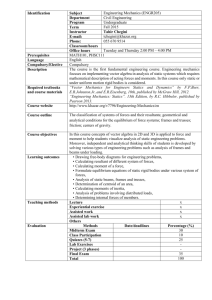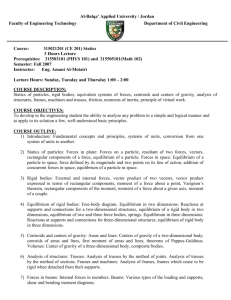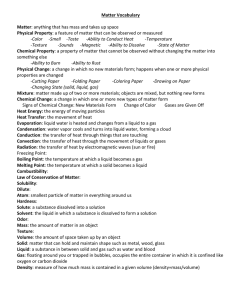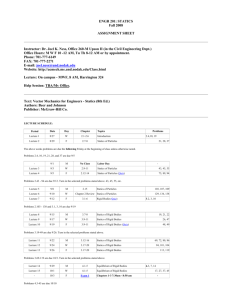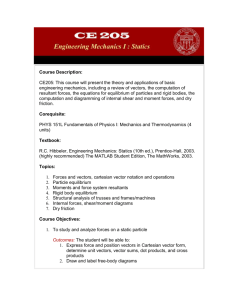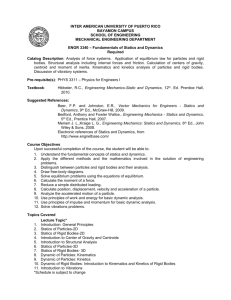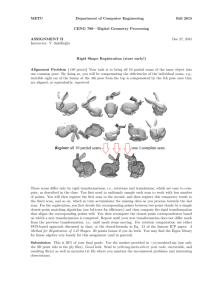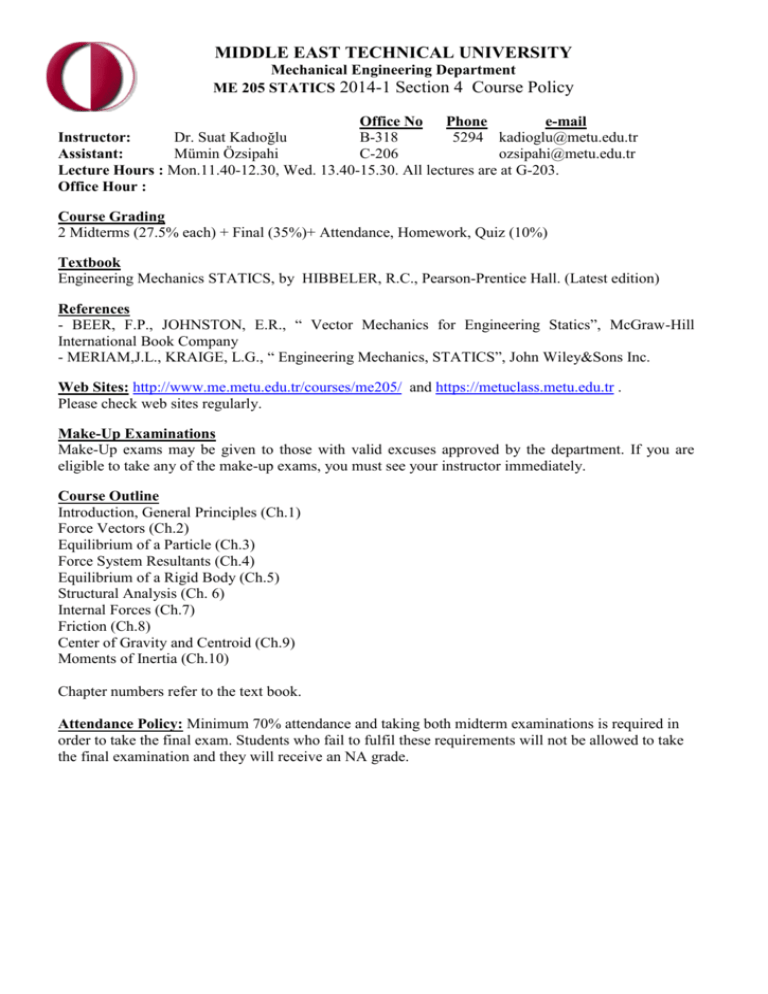
MIDDLE EAST TECHNICAL UNIVERSITY
Mechanical Engineering Department
ME 205 STATICS 2014-1 Section 4 Course Policy
Office No Phone
e-mail
Instructor:
Dr. Suat Kadıoğlu
B-318
5294 kadioglu@metu.edu.tr
Assistant:
Mümin Özsipahi
C-206
ozsipahi@metu.edu.tr
Lecture Hours : Mon.11.40-12.30, Wed. 13.40-15.30. All lectures are at G-203.
Office Hour :
Course Grading
2 Midterms (27.5% each) + Final (35%)+ Attendance, Homework, Quiz (10%)
Textbook
Engineering Mechanics STATICS, by HIBBELER, R.C., Pearson-Prentice Hall. (Latest edition)
References
- BEER, F.P., JOHNSTON, E.R., “ Vector Mechanics for Engineering Statics”, McGraw-Hill
International Book Company
- MERIAM,J.L., KRAIGE, L.G., “ Engineering Mechanics, STATICS”, John Wiley&Sons Inc.
Web Sites: http://www.me.metu.edu.tr/courses/me205/ and https://metuclass.metu.edu.tr .
Please check web sites regularly.
Make-Up Examinations
Make-Up exams may be given to those with valid excuses approved by the department. If you are
eligible to take any of the make-up exams, you must see your instructor immediately.
Course Outline
Introduction, General Principles (Ch.1)
Force Vectors (Ch.2)
Equilibrium of a Particle (Ch.3)
Force System Resultants (Ch.4)
Equilibrium of a Rigid Body (Ch.5)
Structural Analysis (Ch. 6)
Internal Forces (Ch.7)
Friction (Ch.8)
Center of Gravity and Centroid (Ch.9)
Moments of Inertia (Ch.10)
Chapter numbers refer to the text book.
Attendance Policy: Minimum 70% attendance and taking both midterm examinations is required in
order to take the final exam. Students who fail to fulfil these requirements will not be allowed to take
the final examination and they will receive an NA grade.
MIDDLE EAST TECHNICAL UNIVERSITY
Mechanical Engineering Department
ME 205 STATICS
COURSE OBJECTIVES and LEARNING OUTCOMES
COURSE OBJECTIVE 1: At the end of this course, the students will be able calculate the moment
of a force and couple vector in 3-space using vector algebra.
-An understanding of how to represent force, moment of a force and couple as vectors
-Ability to use vector algebra in the analysis of forces, moments and couples
COURSE OBJECTIVE 2: At the end of this course, the students will be able to determine the
resultants of force systems acting on rigid bodies.
-Ability to move a force acting on a rigid body to a parallel position in space
- Ability to identify the type of a special force system (e.g., coplanar, distributed, parallel, general 3D)
- Ability to calculate the simplest resultant of a general force system
COURSE OBJECTIVE 3: At the end of this course, the students will be able to identify the types of
contact between rigid bodies and will be able to draw the free body diagrams for a rigid body or
for a group of rigid bodies
-Ability to adequately represent the effect of a contact on a rigid body
- Ability to isolate a rigid body from all of its contacts and draw the free body diagram
- Ability to handle group of rigid bodies by using Newton’s third law
COURSE OBJECTIVE 4: At the end of this course, the students will be able to establish the
equations of equilibrium for a rigid body or a group of rigid bodies
- Ability to calculate unknown forces or other related unknowns through the use of equilibrium equations
for a rigid body
- Ability to identify special equilibrium situations (two-force and three-force members)
- An understanding of the static indeterminacy
COURSE OBJECTIVE 5: At the end of this course, the students will be able calculate the internal
forces in engineering structures composed of simple trusses or beams
- Ability to calculate the internal forces for simple 2D or 3D trusses using the method of joints or method
of sections
- Ability to plot the shear force, bending moment and axial force distribution in beams using the method
of sections
- Ability to plot the shear force, bending moment and axial force distribution in beams using the
differential equations of equilibrium
COURSE OBJECTIVE 6: The students will be able analyze the static problems involving Coulomb
friction, complex surface contact friction and belt friction
-Ability to carry out static force analysis of rigid bodies and simple machines like wedges in dry frictional
contact
- Ability to perform force analysis for disk friction problems
- Ability to perform force analysis for flexible belts and simple machines like conveyors, hand-belts and
simple motor-pulley systems used in power transmission
COURSE OBJECTIVE 7: The students will be able determine the geometric properties of surfaces
and volumes.
-Ability to locate the centroid, center of mass and center of gravity of a rigid body
-Ability to calculate second moments and products of area for various beam cross sections or any other
generic shape
-Ability to handle composite volumes and surfaces.

